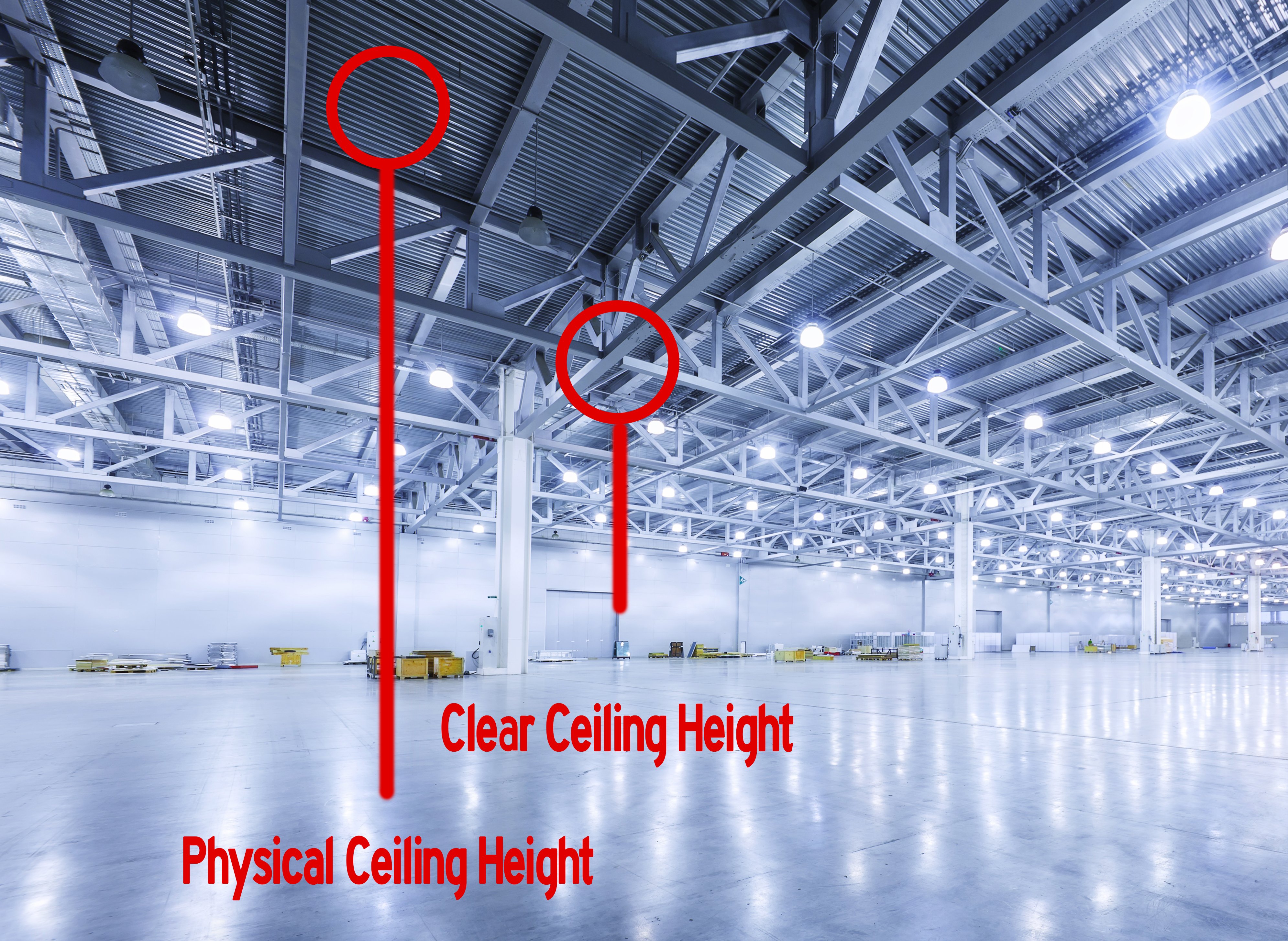
We’ve clarified the pricing to use Green Zip Tape dry wall tape. The cost is $3/SF for the tape and we will guarantee you’ll see at least a 30% tax benefit.
Example: 40,000 SF hotel. Costs to build are $10MM.
👷 GZT Cost: $120,000 ($3/SF x 40,000 SF) – this is deductible (expense) so the net after tax cost is $75,600.
👷 We will guarantee you’ll see at least a $30/SF tax benefit at a 37% tax rate
👷 Tax Benefit is $1,200,000 guaranteed – that’s 32-33% of the cost basis accelerated but it’s quite possible the actual results go much higher. Using Green Zip Tape it would not be out of the question to see 40%+ reclassified.
GZT goes on 2x faster than regular dry wall tape. We have a special applicator gun that we will let you use. One man typically can knock out huge space. It’s lighter and easier to use. Less skilled finishers are needed saving on labor. It’s green so it helps with your sustainability initiatives and may help your pitch with city/county councils. It can help with LEED credits if you are chasing those.
When you go to sell the building, you’ll have the proof, the receipts as to how this building performs from an accelerated depreciation standpoint and it should be something that you market because the next owner will get bigger tax benefits from your building that he buys than he does from a comparable building NOT built with Green Zip Tape. There are a number of other benefits but I won’t put them all here.
This is for projects of about $10MM+ or more in new construction. Must have a big dry wall application so think multi-family, senior or college housing, hotels, hospitals and medical facilities. Non-profit might like it for the flexibility it provides with removable sheet rock panels or for the green building benefits but they can’t take advantage of the tax benefits and the tax benefits are not transferable like they are with 179D. But that might be coming…we’ll see.







